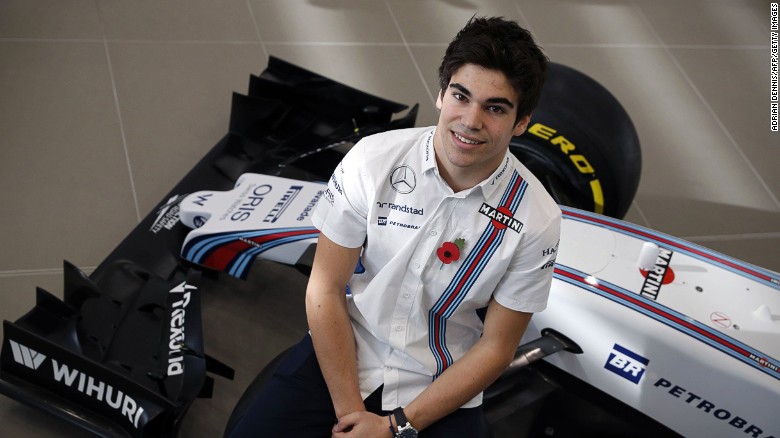
STRUCTURAL CHANGES ALSO NEEDED
With the car generating more downforce and gaining an extra 20kg (from 702kg to 722kg), it will be subject to higher constraints: a state of affairs that has forced teams to design stronger parts, as Toro Rosso technical director James Key explains.
“With these new regs, we are paying particular attention to the loads on the car, which will be much higher because the cornering speeds will be that much faster,” he said.
“We therefore need to make sure that structurally, we've missed nothing. Of course, you always want to make sure that's the case, but we haven't got any experience of these cars yet so we need to double-check that we are as robust structurally as we believe we should be in theory.”
Higher lateral and vertical loads mean “there is really no part of the car that you will carry over from this year to next year”, agrees Chester.
While the 2017 overhaul should succeed in introducing significantly faster cars, it remains to be seen whether the rules revamp will actually deliver better racing.
In order to try and bring some answers to that crucial question, the next chapter of F1i’s technical preview will focus on Pirelli’s wider tyre range – the other major area set to change the face of F1 this year.
PS: Drawings in this feature should be viewed as illustrative only. They may include approximations and present assumptions.
GALLERY: F1 drivers' wives and girlfriends
Keep up to date with all the F1 news via Facebook and Twitter






